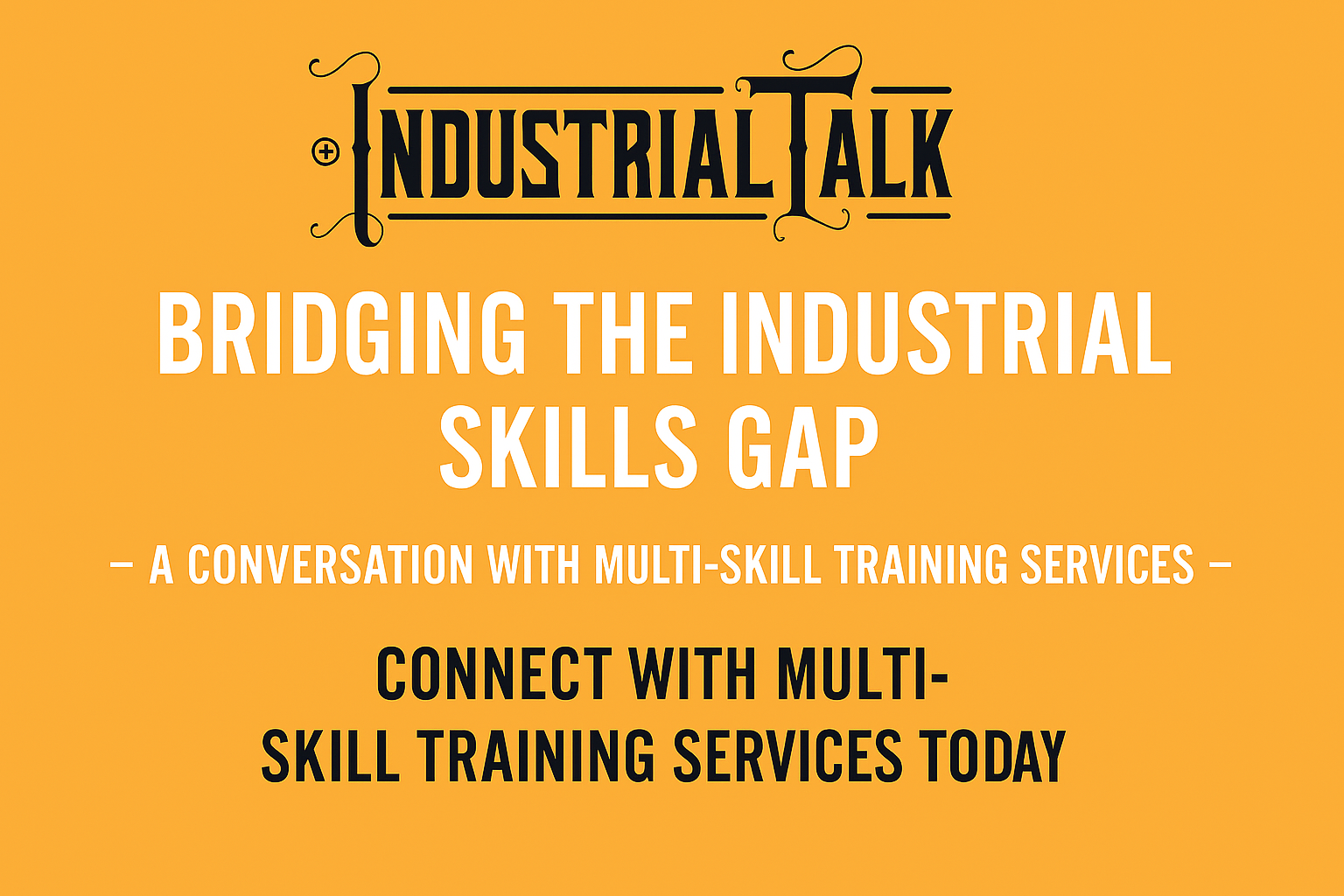Email Marketing in Industrial Business: Why It Still Matters and How to Do It Right

The Email Marketing Dilemma
Email marketing has been around for decades, and for many industrial businesses, it feels like a box to check rather than a strategy to embrace. You create campaigns, hit “send,” and hope for engagement—but often, the result is silence. Why? Because inboxes are flooded with generic messages that lack relevance and personality.
Yet, email marketing still matters. Unlike social media platforms, where algorithms dictate visibility, your email list is your asset. You own it. You control the message. And when social platforms go down—as they have before—your email list remains a direct line to your audience.
Takeaway: Email marketing isn’t dead. It’s just misunderstood. The challenge is making it human, helpful, and worth opening.
The Human Touch vs. AI
AI tools promise speed and efficiency, but there’s a hidden cost: authenticity. When every email sounds like it came from the same algorithm, your brand loses its voice. Subscribers notice. They crave connection, not jargon.
The same goes for visuals. AI-generated images often look too polished, too perfect—especially in industrial contexts. Real people want real stories, not stock-like perfection.
Your competitive edge? Your tone, your quirks, your perspective. Use AI as a productivity tool, not a personality replacement. Let your emails reflect the human side of your business—the challenges, the wins, and even the imperfections.
Takeaway: Authenticity beats automation. Keep your voice. Keep it real.
Practical Tips for Better Email Campaigns
If you want your emails to stand out, start with these actionable steps:
- Structure matters: Use bullet points and short sentences. Avoid long paragraphs that overwhelm readers.
- Timing counts: Test different days and times. For some audiences, weekends work; for others, midweek mornings are best.
- Learn from retail giants: Why do you open Amazon’s emails? Because they’re simple, relevant, and actionable. Apply those principles to your industrial campaigns.
- Limit outbound links: Too many links feel like a trap. Keep it focused—one clear call to action per email.
- Stay consistent: Develop a cadence your audience can anticipate. Predictability builds trust.
Takeaway: Small tweaks—structure, timing, tone—can transform your email performance.
Building Trust and Long-Term Relationships
Email marketing isn’t about quick wins; it’s about trust. Shift your mindset from “How do I get clicks?” to “How do I help?” When subscribers feel valued—not used—they engage more.
Mix your content:
- Value-driven emails: Share insights, tips, or industry news without asking for anything in return.
- Action-oriented emails: Include links and CTAs, but only after you’ve built credibility.
Think of your email list as a community, not a data set. Relationships take time, but the payoff is loyalty—and yes, revenue follows.
Takeaway: Help first. Sell second. Trust is the ultimate conversion tool.
Your Next Step (Call to Action)
Ready to rethink your email strategy? Start here:
- Audit your inbox: Which emails do you open? Which do you delete? Why?
- Write like you talk: Draft your next email as if you’re writing to one person you know.
- Flex your creativity: Avoid AI-generated language and images. Your tone is your secret weapon.
- Commit to consistency: Pick a schedule and stick to it.
👉 Join the conversation!
Subscribe to our newsletter for more insights, or sign up for our upcoming webinar:
“Industrial Marketing Reimagined: Email, Social, and Beyond.”
Click here to register and start building campaigns that connect, not just convert.
Final Thought: Email marketing isn’t about sending messages—it’s about starting conversations. Make yours worth having.



